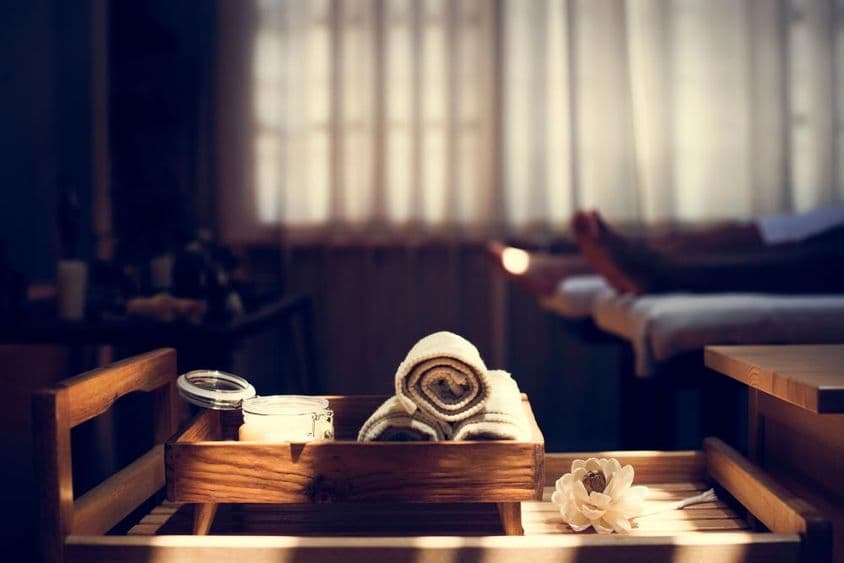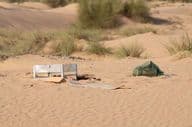UAE Real Estate Shift: Wellness Property Boom

UAE Real Estate Shift: Wellness Property Boom
The United Arab Emirates (UAE) real estate market has experienced a revolutionary trend in recent years: the rapid growth in demand for health-focused residential properties. This trend is not just limited to the luxury market but is increasingly becoming accessible to the middle class. Wellness properties offer homes that support not only physical health but also mental and emotional well-being, all at an affordable price.
Market on the Verge of Explosion
According to a new study by a Sharjah-based developer, the UAE health-focused residential property market was valued at $137 million (503 million dirhams) in 2024, but it is expected to grow to nearly $8.4 billion (31 billion dirhams) by 2027. This means the market will grow nearly sevenfold in just three years. The UAE has thus become one of the fastest-growing wellness real estate markets in the world.
The business development director and research head at Arada developer highlighted that the wellness trend is not confined to the luxury market. "Many developments focus on middle-class families who are looking for homes that offer a healthier lifestyle without breaking the bank," they said.
Dubai plays a leading role in this change. The city is already witnessing the growth of wellness-oriented residential projects, with offerings expected to exceed 16,000 homes by 2030. Major developers, such as Emaar, Aldar, Damac, Danube Properties, Nakheel, Sobha, Meraas, Azizi, and Samana Development are heavily focusing on health-centric elements in their projects.
What is Health-Focused Real Estate?
Health-focused properties are not just a trend but a necessary evolution in the real estate market. As society places increasing emphasis on health and well-being, home design is adapting accordingly. These homes include design elements such as natural light, green spaces, good air quality, and community plans that promote the health and happiness of residents.
Developers are increasingly focusing on using local materials, community gardens, and even edible landscaping. "These innovations not only make homes functional but also enrich the lives of residents," they said.
The goal of wellness-oriented properties is to create an environment that supports six basic dimensions of well-being: social, physical, occupational, emotional, intellectual, and environmental health. This includes sustainable architecture, biophilic design (which integrates nature into the built environment), as well as community plans that enhance relationships among residents and mental health.
Impact of the Pandemic and Social Changes
The COVID-19 pandemic significantly affected people's lifestyles and work habits. With the spread of remote work, many left crowded and polluted cities seeking healthier and more balanced living environments. Demand for health-focused homes skyrocketed during this period, and this trend remains strong.
"People are increasingly investing in their health, whether it's fitness, healthy eating, or mental health. Real estate developers have noticed this change and are responding to demand," explained Piro.
The Future of the Real Estate Market
Health-focused properties are not just a temporary trend but represent the future of the real estate market. Global wellness spending already exceeds $3.7 trillion, and this figure continues to grow. For developers, investors, and consumers alike, it's important to recognize that this trend represents not just the present but the future as well.
"Health-focused properties are not just a trend; this is a necessary evolution in understanding where and how we live. As we move toward a future where health and well-being take on greater importance, health-focused properties play a key role in creating healthier and happier communities," it emphasized.
The UAE, and Dubai in particular, play a leading role in this change, and the growth of wellness-oriented residential properties is just the beginning. More innovations and developments are expected in the future, with the aim of making homes not just shelters but foundations for a healthier and more balanced life.
If you find any errors on this page, please let us know via email.


